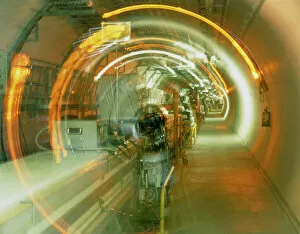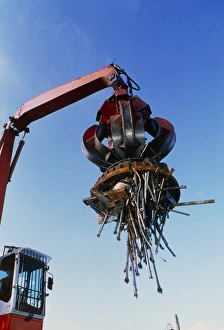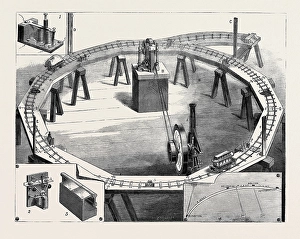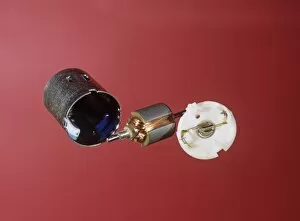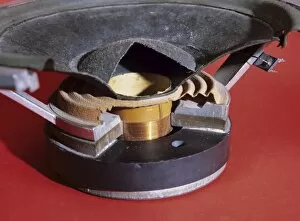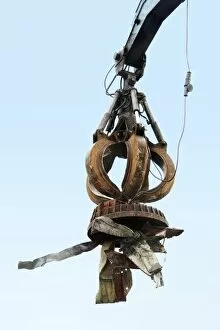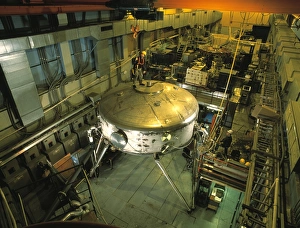Electro Magnet Collection
"Unleashing the Power of Electro Magnets: A Journey through 19th Century Electrical Equipment" Step back in time to the 19th century
All Professionally Made to Order for Quick Shipping
"Unleashing the Power of Electro Magnets: A Journey through 19th Century Electrical Equipment" Step back in time to the 19th century, where groundbreaking discoveries and inventions revolutionized the world of electricity. One such marvel was the electro magnet, a device that harnessed magnetic forces with electrical currents. It all began with Hans Christian Oersted, a Danish physicist whose remarkable discovery in 1819 astounded the scientific community. Through his experiments, he found that a pivoted magnetic needle deviated at right angles when placed near a conductor carrying an electric current. This revelation laid the foundation for future advancements in electromagnetism. Fast forward to CERN's Large Electron-Positron (LEP) collider tunnel, where scientists pushed boundaries by utilizing powerful electromagnets. These colossal structures played a vital role in accelerating particles within LEP particle colliders, enabling researchers to delve deeper into understanding fundamental particles and their interactions. Meanwhile, professors Ayrton and Perry introduced their New Electric Railway - an engraving depicting an innovative transportation system powered by electricity. This visionary concept showcased how electromagnets could be employed beyond scientific experiments and contribute to practical applications. Joseph Henry's electromagnetic telegraph further exemplified this notion as it transformed communication forever. In 1832, Henry successfully transmitted messages using electromagnetic signals over long distances – paving the way for Samuel F. B Morse's historic first telegraph message sent from Washington to Baltimore on May 22nd, 1844: "What Hath God Wrought?" Electro magnets also found utility outside laboratories; scrapyards utilized large electromagnets to lift heavy metal objects effortlessly. These mighty devices not only simplified manual labor but also demonstrated how technology could enhance industrial processes. One cannot overlook Michael Faraday's contributions during this electrifying era. As an English chemist and physicist, Faraday conducted groundbreaking research on electromagnetic induction – proving that changing magnetic fields induce electric currents. His work laid the foundation for modern electrical power systems.


